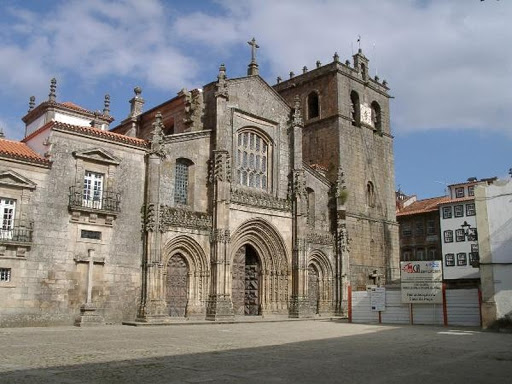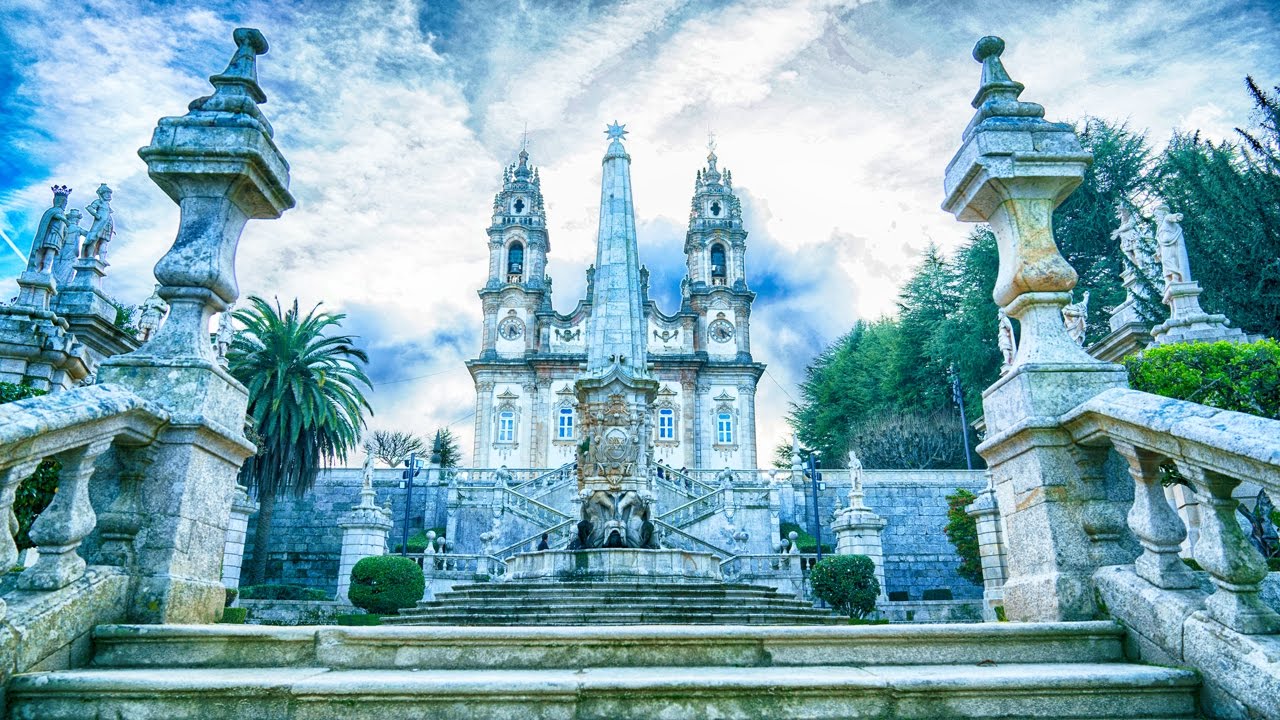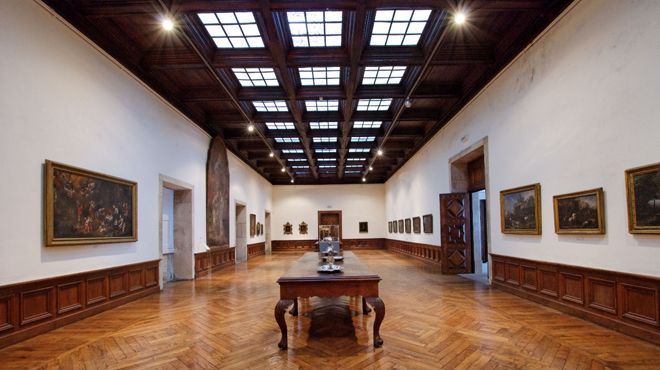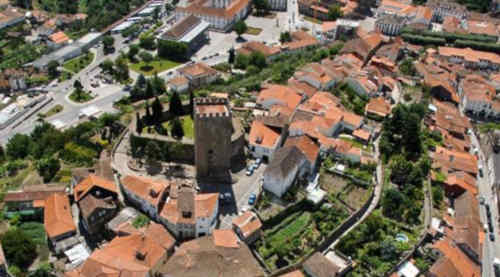The city of Lamego
Lamego is a charming small town in the north of Portugal, in the very heart of the Douro region. Rich in history, culture, traditions and heritage, it is a pleasure to wander in the narrow and well-preserved streets of its historic city center. Come along to discover the treasures of a genuine and authentic city, with its welcoming and warm smiling people.
It was in Lamego, in 1143, that the royal courts that acclaimed King Afono Henriques as the first King of Portugal took place. Populated since ancient times, several peoples left marks of their presence in the region, but it was mainly in the 18th century that Lamego experienced a period of strong expansion and prosperity.
Just 12 km from the banks of the Douro River, the landscape is dominated by vineyards, intersected here and there by orchards and olive groves. We are right at the center of the Douro Wine Region, the oldest demarcated wine region in the world, where the world famous Port Wine is produced. But other tasty nectars are produced here, such as distinct table wines and excellent sparkling wines typical of the region.
Lamego boasts a traditional cuisine rich in flavors, such as the famous “Bôlas de Lamego” (a kind of a savory loaf made with several types of meat, marinated sardines or cod), the well-known salted and cured ham, and delicious typical dishes such as roasted goat, roasted veal, wild rabbit or the very simple but truly amazing “arroz de salpicão” (traditional cured sausage rice).
The richness of centuries of history is evident in the cultural and architectural heritage left in the city, where the Church’s influence is equally notorious.
Highlights – What to see in Lamego

Lamego Cathedral
Of a surprising magnificence, the Lamego Cathedral dates back to the 12th century, it was built in 1129. Original Romanesque elements can be seen, but its style is markedly Gothic, although the structure of the Church reveals the changes made in the 16th and 18th centuries, including the impressive Renaissance cloister. On the façade, the triple porch stands out, the most emblematic work representative of the Manueline style, in the region. Inside, the highlight goes to the Baroque main altar and the vaults of the three interior naves showing frescoes with scenes from the Old Testament.

Sanctuary of Nossa Senhora dos Remédios
Another “must see” is the Sanctuary of Nossa Senhora dos Remédios (Our Lady of Remedies), a place of worship and pilgrimage. Located at the top of the Santo Estêvão hill, the Sanctuary stands proud and protective, as if it dominates and contemplates the city at its feet. In the 14th century, a church was built here in honor of Santo Estêvão, but centuries later it was demolished and the Sanctuary dedicated to Nossa Senhora dos Remédios was erected. The Sanctuary can be accessed by the monumental staircase with 686 steps, composed of nine stair sets, decorated with chapels, statues, fountains and obelisks. One of these levels is the “Pátio dos Reis”, where the images of eighteen kings of Israel stand out. In turn, at the base of the staircase, there are four figures alluding to the four seasons. It is a climb or descent that is worth doing. Beside the Sanctuary, there’s an ancient chestnut tree more than 700 years old, protected and classified as a “tree of public interest”.

Lamego Museum
In its baroque style, the former Episcopal Palace houses the Lamego Museum, an important national and international reference museum, due to the uniqueness and singularity of its religious art collection. Here, we can admire the panels painted by Grão Vasco (one of the most relevant Portuguese painters of the 16th century) for the Lamego Cathedral, between 1506 and 1511. Equally extraordinary are the pieces of Flemish tapestry from the first half of the 16th century, as well as the gilded altars and chapels that have been completely transferred from the Church of the Chagas Monastery (also in Lamego), maximum exponent of Portuguese Baroque – just to highlight some of the works on display.

Lamego Castle and Cistern
The Lamego Castle rises imposing and watchful over the city. Its origin is believed to date back to the era of the Muslim occupation. Of the original construction, only its keep (tower), the old part of the wall and the cistern remain. It is possible to visit the tower, from where you enjoy an extraordinary panoramic view over the slopes of the Douro.